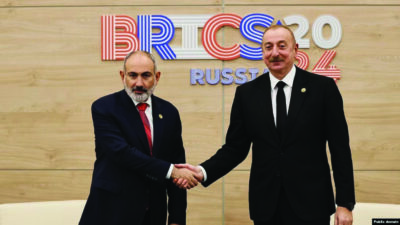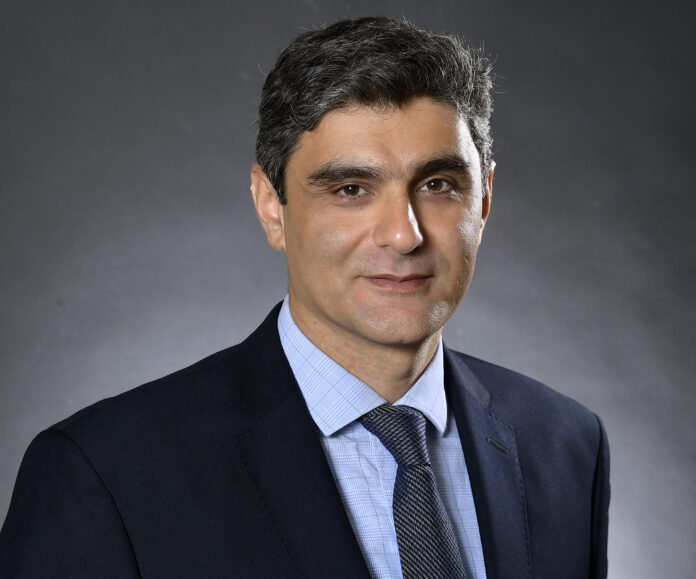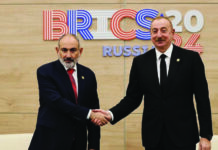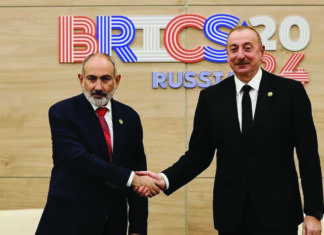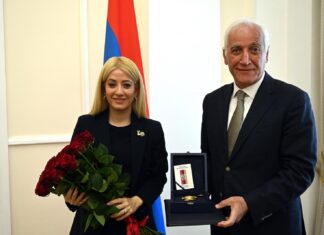By Aleksandr V. Gevorkyan
NEW YORK — For some growing up in a closely-knit Armenian community, which can be anywhere in the world outside of the present-day Republic of Armenia, pretty much defines their connection with the Armenian diaspora. But for a great many others, there is something else in this concept of a diaspora. For this latter group, the connection often goes beyond immediate family circles, community groups, or participation in various events. For this group it also important to do their utmost to contribute to the betterment and development of the ancestral homeland, the country of Armenia.
Such is the long-established view across Armenian world and, perhaps surprisingly to some, beyond. The Armenian community is said to be able to overcome the triangular cross-influence of identity, trust, and engagement infrastructure, which I discuss elsewhere in my academic work and recent general interest publication. Indeed, the perception of the Armenian diasporic community among non-Armenian observers is that of unity and dedication to the homeland.
Have you noticed here a subtle change of wording? The last sentence in the first paragraph uses the phrase “ancestral homeland” and the last sentence in the second paragraph just uses the operative “homeland.” The difference is minor, editorial even, yet crucial for any serious scholar or policy maker working in the diaspora engagement field. You see, on its own “homeland” implied almost physical connection between a migrant and the geographic patch of land from which they draw their roots from. On the other hand, “ancestral” suggests several degrees of physical, emotional, mental, and moral separation between an individual living in the diaspora and that geographic and political entity that exists on the world map today. Yet, there remains in this case an unclear cultural and a patriotic link mixed with one’s self-identity.
Isn’t this a story of the Armenian nation’s history? Many of those living today in the Western diaspora have very limited personal connection to modern day Armenia. Often, the connection is in just a name, shared history and some culture, because the language is still different (the Western Armenian vs. the Eastern Armenian). Even more so, especially, for those in the Americas a trip to Armenia is often a once-in-a-lifetime experience, largely due to the cost but also due to the persisting challenges of a developing country that often surprise even the most dedicated remote donors to various types of financial and humanitarian aid to the country.
One could continue here with probably on an all too familiar path of raising one concern and obstacle to a productive relationship between diaspora and Armenia. Or, one could also argue, as I have partially admitted as well in a recent policy report to the International Organization for Migration-Armenia, that the global Armenian diaspora has been of a massive determining factor in the country’s development.
